You might feel useless off the tee with a driver in hand. Hitting slice after slice can be frustrating and embarrassing. (Quick tip: strengthen your grip, take the club more outside on the backswing, and swing more to right field on the downswing).
But, there IS something that you can do. There are some drivers that are built specifically to fix one of the causes of a slice: an open club face at impact. The other cause (an out to in swing path AKA over the top move) must be cured by making swing changes. To cure the open club face at impact, we need to have a club that encourages the face to close easily. How do you do that? Two ways:
- You adjust the club to be closed at address. This way, with everything else staying constant, you can attack the ball with a square club face. This is a quick fix and I wouldn’t suggest it.
- You use a driver that has more weight on the heel than the toe. Why is that? Well, if there is too much weight on the toe end of the driver, that means it requires more force (hand and wrist action) to close the club face and hit the ball square. If the weight it towards the heel of the club, the club face naturally closes. This is a better option.
The two reasons above are a large part of why club manufactures started making adjustable clubs, so they can change the face angle and the weighting.
So now we know that, for a club to be optimized to cure slices, we need adjustability and heel weighting. Below I have picked out 5 drivers that will surely help cure the slice and encourage you to hit high, soft draws like you have always wanted!
Note: you may want to check out the best draw-biased drivers for slicers and the best training aid under $5 to stop slicing.
1) Ping G410 SFT
Ping has produced a line of drivers with SFT (Straight Flight Technology) for the last 5 years or so. Their latest release was the Ping G410 SFT, but the older models will perform nearly just as well.
The SFT series has weight focused towards the heel of the club to facilitate a natural closing of the club face through impact to correct the slices and pushes that you may be hitting.
Ping says that their newest G410 SFT driver has 50% more heel-side weight than the earlier model (G400) to ensure straighter ball flights, but they don’t back up this number anywhere so it’s hard to really verify that.
2) TaylorMade SIM Max-D
TaylorMade has released (at least) one model of adjustable driver heads every year for as long as I can remember. And I can remember a long ways back.
You may think that each model is better than the previous ones. Nope. They are all pretty much the same – let’s be real. However, if you want the best of the best, try out the TaylorMade SIM Max-D driver. It’s got an adjustable weight for you slicers to shift the weight towards the heel as opposed to the toe. The Max-D stands for “Max Draw”. In all reality, we are just trying to minimize a slice here, not maximize a draw. 6 here, half dozen there.
Here’s how they put it: “Provides adjustability and personalization to optimize the club for individual trajectory and ball-flight preferences, up to +/-20 yards of draw-fade bias.”
You do know where that 20 yard number came from right? Thin air. Actually, it came right from the butt holes of the R&D team during a late work night.
3) Mizuno ST200X
Mizuno is known for producing some of the best forged irons on the market. You may be surprised to find that they make some great performing drivers, too!
Most of their drivers are non-adjustable, which aren’t great for those looking to shift the weight around. However, their ST200X driver has a removable weight along with a weight along the heel side of the driver head to encourage a draw. High launching + draw biased + super forgiving = great option for those that struggle with spinny slices.
4) Callaway Mavrik Max
Callaway is one of the most popular driver companies in the world, and for good reason. Their new Mavrik drivers (Mavrik, Mavrik Max, and Mavrik Sub Zero) have been incredibly popular so far in 2021.
If you are trying to fix your dreaded slice, you’d want to be focused on the Callaway Mavrik Max driver. It’s super forgiving and has a built in draw-bias due to an additional weight towards the heel of the club head. You don’t even have to adjust a weight. It’s ready to go right off the rack.
Just to reiterate, though, you really need to fix the underlying issue if you are slicing. Your money is better spent on some lessons with a PGA pro, not on a new driver meant for slicers. But hey, you are the one that typed in “the best driver for slicers” into Google. What did you expect??
5) Cobra F-Max Superlite Offset
The four drivers above this one all had weight towards the heel of the golf club to encourage the club face to turn over easier. The Cobra F-Max Superlite Offset driver is no exception – they also focus weight towards the heel of the club. However, the Cobra F-Max Superlite Offset driver also takes a different approach to stop your slicing.
The offset of the club head (small distance between the club face and the club shaft) makes it so that your hands are slightly ahead of the golf ball at impact. This gives you an additional split second (you don’t need much more time) to close the club face through impact to hit a straight shot as opposed to a big banana slice.
Cobra is one of the most underrated companies in golf. On top of that, their pricing is typically the most affordable, so it could be a win-win for you and your game.
Frequently Asked Questions
What causes a slice with my driver?
A slice can be caused for many different reasons. The main reason is that the club face is open to the path at impact.
The following can cause the club face to be open to the path at impact:
- A weak grip. A weak grip will cause the club face to be open at impact, even if every other part of your swing is perfect. Consider strengthening your grip by allowing you to see more knuckles at address. It will feel terrible at first, but stick with it if you are sure your grip is the problem.
- An over-the-top swing. When you swing too far to the left, your mind knows it. Therefore, your body reacts and leaves the club face open, so that you don’t hit the ball WAY left. This causes a huge, classic, banana slice. The fix? Drop the club directly down right before you start your downswing. This will allow you to swing more to the right. Exaggerate swinging as far to the right as you can for multiple practice sessions. Get those divots pointing way right of your target. This will teach you the correct “feelings” of a perfect swing path.
- Aiming too far left or right. If you aim too far left, your mind tells your body to keep your club face open for as long as possible, otherwise you’ll miss way left. Result? Slice. If you aim too far right, your mind tells your body to come over the top or else you’ll miss way right. Result? Slice. Practice with an alignment rod before EVERY ROUND for a while. You’ll get aligned properly without much thought after a while.
How important is the driver for curing a slice?
A driver can only do so much. Yes, it can encourage the club face to be more square at impact. However, that’s only half of the problem for some. Many golfers struggle with a HUGE over-the-top swing path. Even if the club face is square at impact due to a draw-biased driver, an over-the-top swing path will then result in a pull to the left.
Many golfers have a great swing path (not over the top, not too far from the inside) but simply an open face at impact. This results in a slice, as the club face is open to the path. For this golfer, a draw-biased driver will be a great choice.
Should I buy a draw-biased driver or buy a set of lessons with my local PGA pro?
The best choice will ALWAYS be to buy a set of lessons with a great reviewed local teaching pro. Buying a draw-biased driver is like putting a bandaid on. It helps for the time being, but it won’t be a permanent fix. Plus, are you now going to buy a draw-biased fairway wood, hybrid, iron set and wedges? No, of course not.
Committing to a set of lessons (not just one) with a reliable PGA instructor will do far more good than buying a driver to get rid of your slice.
What’s the best way to cure a slice?
- Get a lesson from your PGA pro. I know a lot about the golf swing, but everyone’s swing is different. A local pro will be able to help you with YOUR swing personally. If you don’t have money for that, keep reading.
- Strengthening your grip and correcting your alignment. A weak grip is a HUGE reason why many golfers slice. A weak grip simply requires too much wrist/forearm rotation through impact to square the club face up. Although a grip change is very, very uncomfortable, sticking with it will help square the face without having to change anything else. Correcting your alignment will ensure that you are not leaving the club face open or coming over the top due to being misaligned.
- Exaggerating an in-to-out swing path. Another big cause of slices is an over-the-top swing. That’s where you are swinging “too far left” through impact. If your divot is facing far left of your target after you hit, then this is why. To fix this, you need to exaggerate the opposite: a swing where the divot is far right of the target. This will be a HUGE change. Try your best to swing as far to “right field” as you can for a few practice sessions. Then, you will slightly engrain those feelings, an you can go back to swinging normally. Your new “normal” will be far closer to a perfect swing path.
How do these draw-biased drivers get rid of a slice?
Well, first, these drivers don’t get rid of a slice completely. They simply encourage a draw. They don’t guarantee one.
A driver can be “draw-biased” in two different ways:
- The weight can be more heavily focused near the heel of the club head. This can be a permanent weight, or a weight that can be moved to the heel temporarily. This weight makes it easier to naturally turn the club face over. Less weight towards the toe of the club = less action needed to manually turn the club face over through impact.
- The offset of the club shaft allows you another split second to square the club face up. The offset is the small distance gap between the shaft line and the club face. Most drivers do NOT have offset. Typically lower priced, off-brand clubs have offset on them.
Why do I slice my driver but hit my other clubs perfectly?
Listen: the driver is the hardest club to hit. The less loft on a club, the harder it is to hit it straight. So start by giving yourself a break.
Now, I’m betting that you are trying to hit your driver HARDER than your other clubs. By trying to hit the ball longer, you may be trying to “HIT” the ball too soon with the driver. Remember, the fastest part of your swing should be at the ball, not at the start of your downswing. “Hitting” the ball too early often leads to an over the top motion, which leads to a slice. So slow down your transition and speed up your impact speed.
What’s the best value driver for a slicer?
If you decide that a draw-biased driver is best for you, then consider the TaylorMade M1 driver. It’s the best VALUE driver for slicers. It offers the most bang for your buck, as you can pick one up in used condition for only $150.
Once you adjust the weight to the heel of the club, you’ll be gaming a draw-biased driver that is perfectly setup to reduce or eliminate your slice.
BETTER VALUE OPTIONS
Below is the original article that I wrote many years back. Luckily for you, these drivers are still GREAT options and are only a fraction of the price of their original retail value.
If you are on a tight budget, stick to one of the 5 options below. If you have the budget to afford a newer driver, by all means go for it.
Overall Best Driver for Slicers: TaylorMade M1
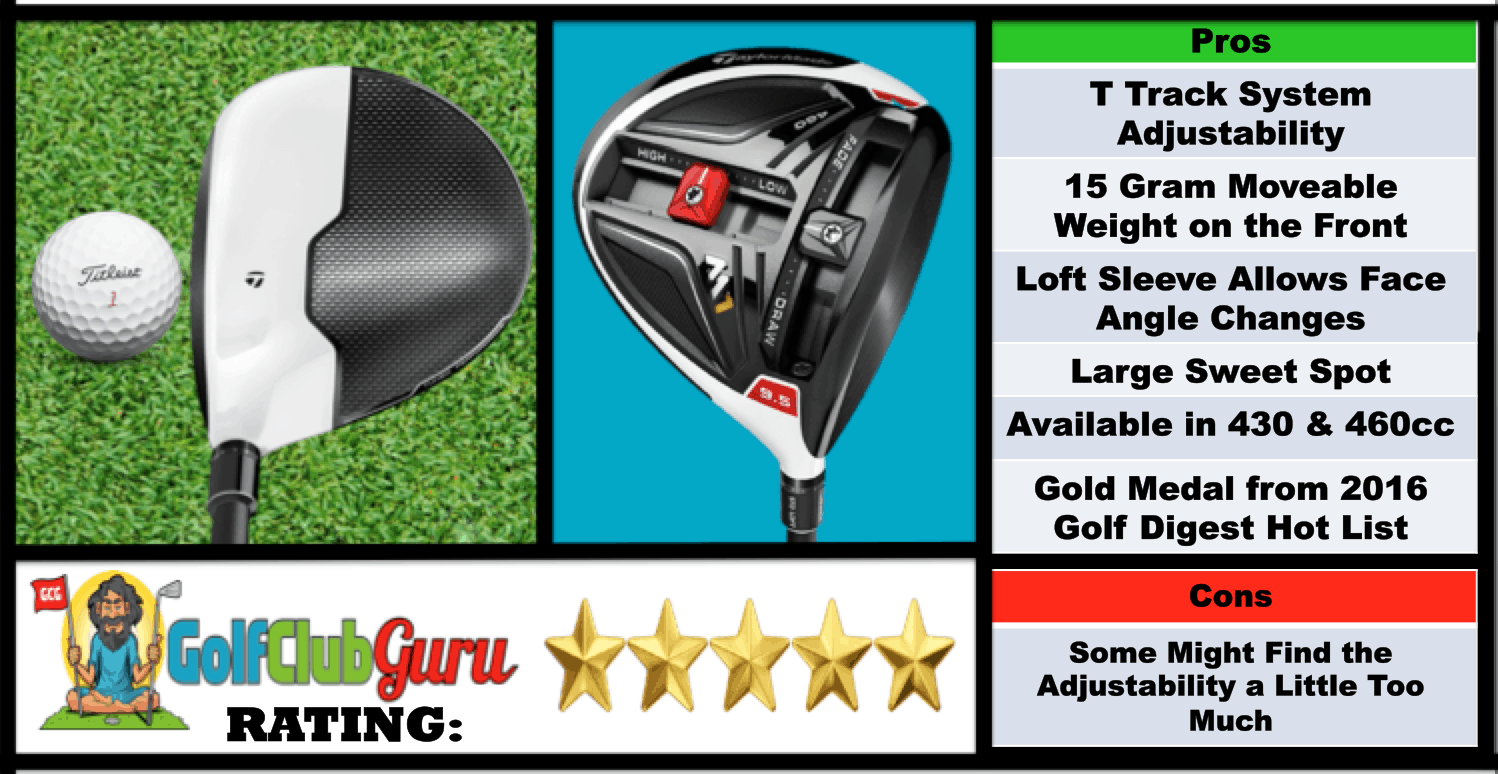
If you never want to hit a slice again, my best suggestion would be to buy a TaylorMade M1 driver. The T-Track Adjustability System (one moving vertical weight and 1 moving horizontal weight) allows you to move the 15 grams of weight closer to the heel to encourage the club face to turn over and be square at impact.
Next, the M1 provides 12 different loft sleeve adjustments for loft (plus or minus 2 degrees), lie, or face angle. Face angle and lie go hand in hand by the way. A more upright lie with result in a closed face angle. So, make sure you make the adjustments necessary (see the adjustment book when you purchase the club) to get an upright lie and closed face angle.
The combination of the 15g weight near the heel and the closed clubface should get you well on your way to curing that dreaded slice!
Best Value: TaylorMade R15
If you are looking for the best value club (AKA the best bang for your buck), then the TaylorMade R15 driver is going to be hard to beat. It features 2 12.5 Moveable weights that you can move towards the heel, just like the M1 above. You can also open or close the clubface by 2 degrees.
Besides adjustability, the R15 is an extremely long driver. The thin club face leads to a bigger recoil at impact and therefore more distance. It also has a very low center of gravity, leading to higher ball flights and more carry distance on average.
The thing that makes the M1 better, however, is that this driver is slightly less forgiving. Mishits seemed to be a little spinny and didn’t go as far as I would have imagined. Other than that, they are nearly identical drivers, as the movable weight for higher and lower ball flights on the M1 doesn’t have a huge effect in reality.
Lowest Price: TaylorMade SLDR
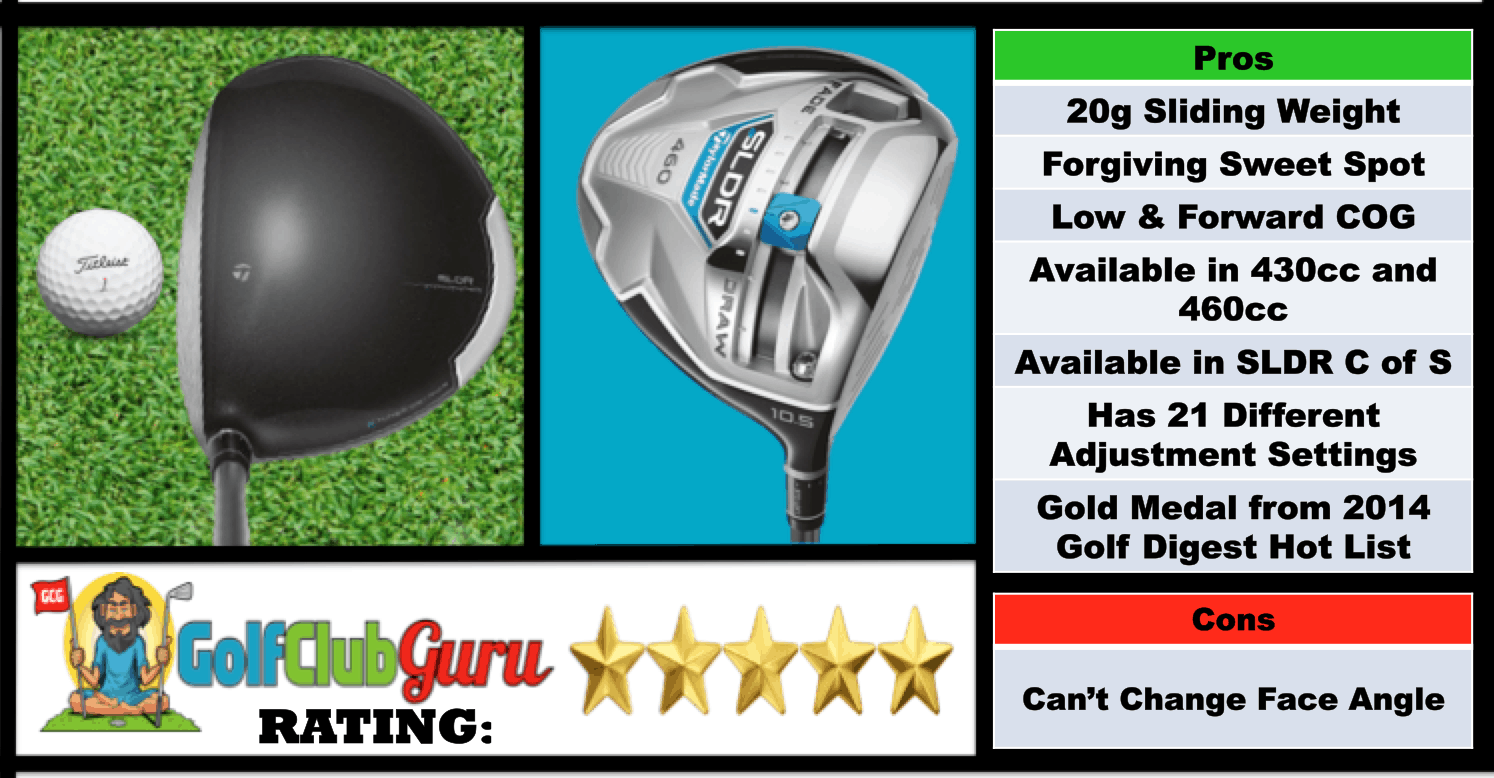
If you are not wanting to shell out much money to improve your slice, the TaylorMade SLDR is the driver to pull the trigger on. It has been featured many times on this website, as it truly is an incredible club that sells for low prices.
As someone who slices, you probably haven’t been playing the game for too long (or maybe you have just been dreading the much needed swing change!). If that is the case, I would never suggest spending even close to $500 for a brand new, top of the line driver. With that being said, you can buy the SLDR driver, which made a HUGE impact on the golf industry upon its release, for under $100.
So what makes the SLDR a great driver for slicers?
- It has got a 20 gram movable weight that you can push to the heel to facilitate a square face at impact.
- It has 21 different hosel adjustments so that you can find the perfect one that leads a more closed clubface.
- The sweet spot is very large. Mishits still fly pretty straight.
- Lofts on the SLDR are much higher than usual (While you might normally play a 10 degree driver, it wouldn’t be unusual to play a 12 degree SLDR driver.) This is because they moved the COG low and forward. Higher lofted clubs are easier to hit draws with, so this is a benefit for you!
Most Aesthetic Look at Address: Callaway Great Big Bertha
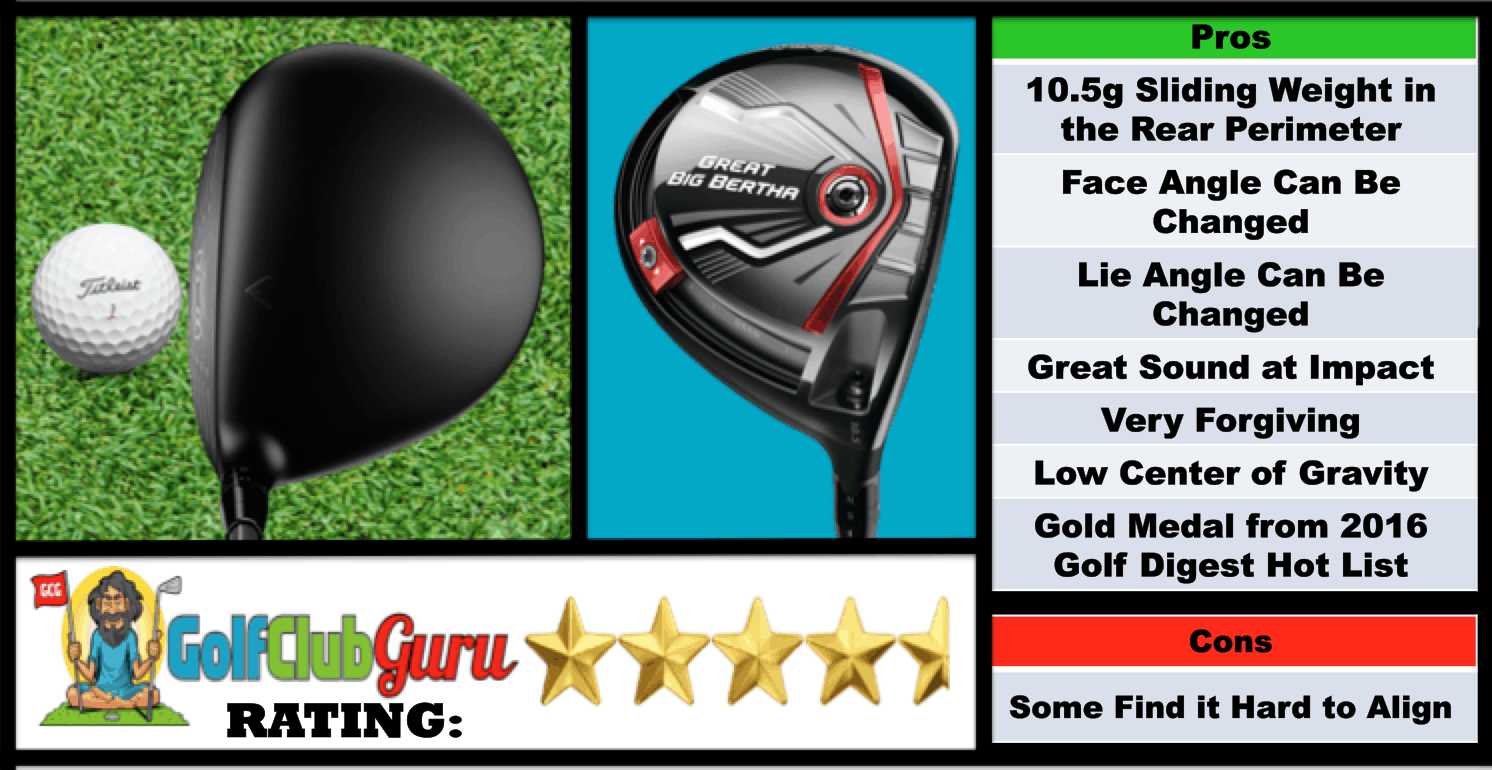
The Callaway Great Big Bertha driver has a very desirable mix: it has a great design paired with easy adjustability. The 10.5 sliding weight in the sole of the driver can be placed very close to the hosel, making the toe of the club feel lighter and therefore easier to turn over during the swing.
The loft sleeve also allows you to change loft, lie, and face angle to further get rid of your slicing habit. Besides the benefits from a strictly ball flight standpoint, this driver has a very low COG and a great sound at impact, like nearly every recent Callaway driver. These characteristics make this a great driver for a beginner. It didn’t earn a gold medal from Golf Digest for nothing!
Best for Penetrating Ball Flights: Ping G30 SF Tec
If you play in a lot of windy conditions, or if you simply want to bring down your ballflight to a more penetrating one, I would recommend the Ping G30 SF Tec (stands for Straight Flight).
For a slicer, this club offers many obvious benefits. To begin with, the face angle is half a degree closed. That’s half a degree that you no longer have to worry about in the golf swing. Secondly, the weight is primarily placed in the heel of the club, as you can see in the picture above. That combination alone should be enough to make an impact on your drives.
As added benefits, the Ping G30 SF Tec has a low spin head, which leads to balls that don’t carry as far, but they roll forever. Innovation-wise, the Vortec Technology and the Varying Thickness Face are two technologies that improve the consistency and distance of your drives.
If you reached this far, I want to thank you for reading. If you have any questions, please comment below!


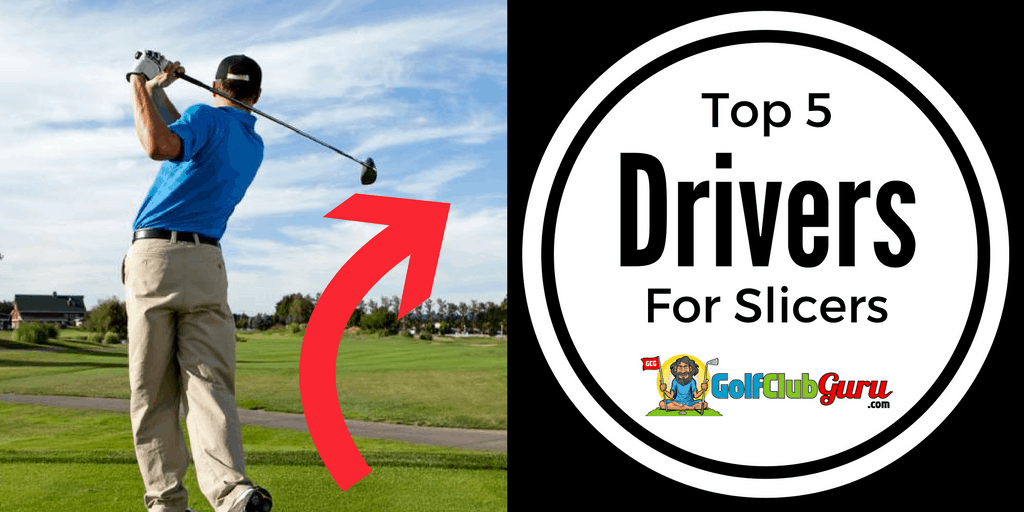





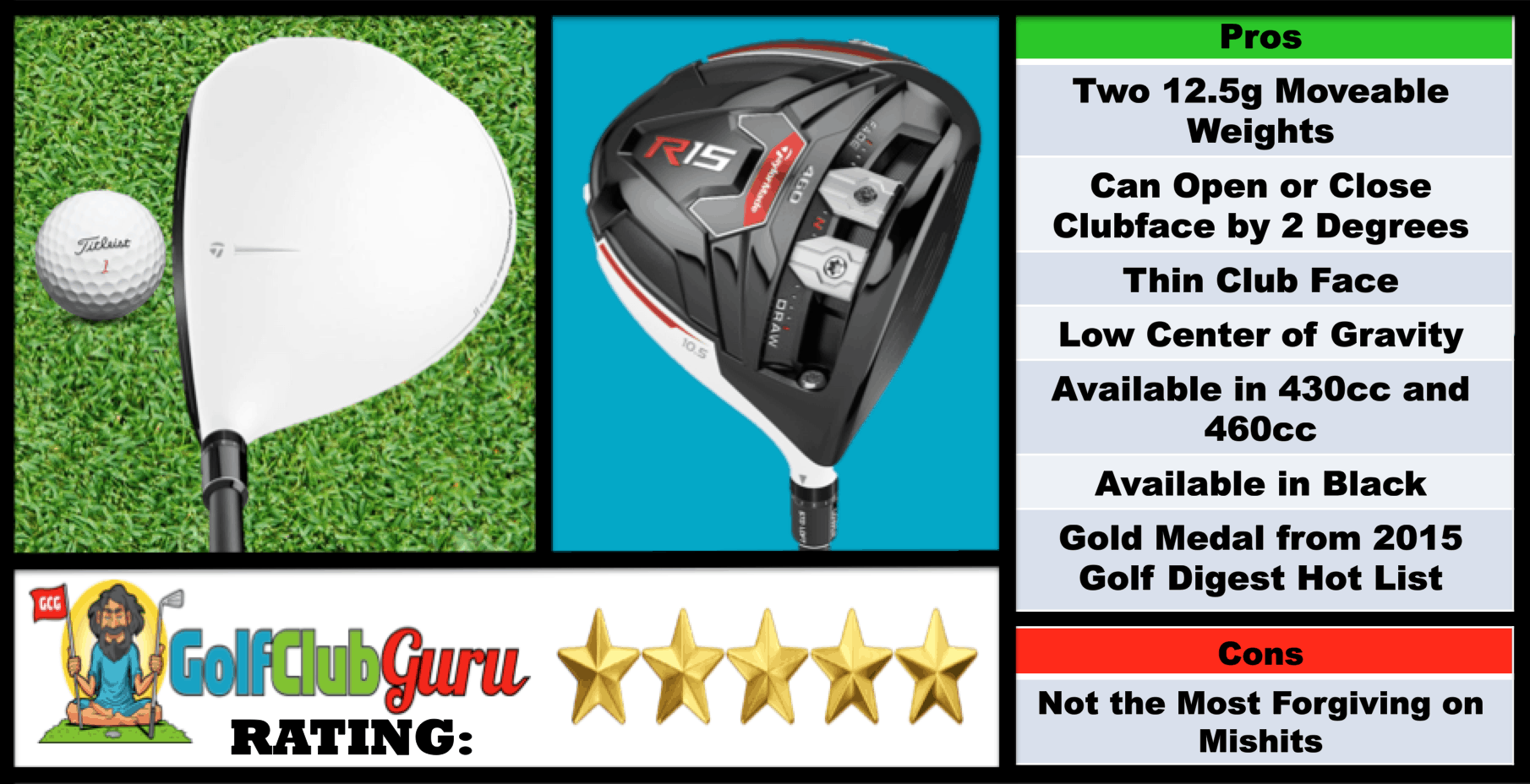
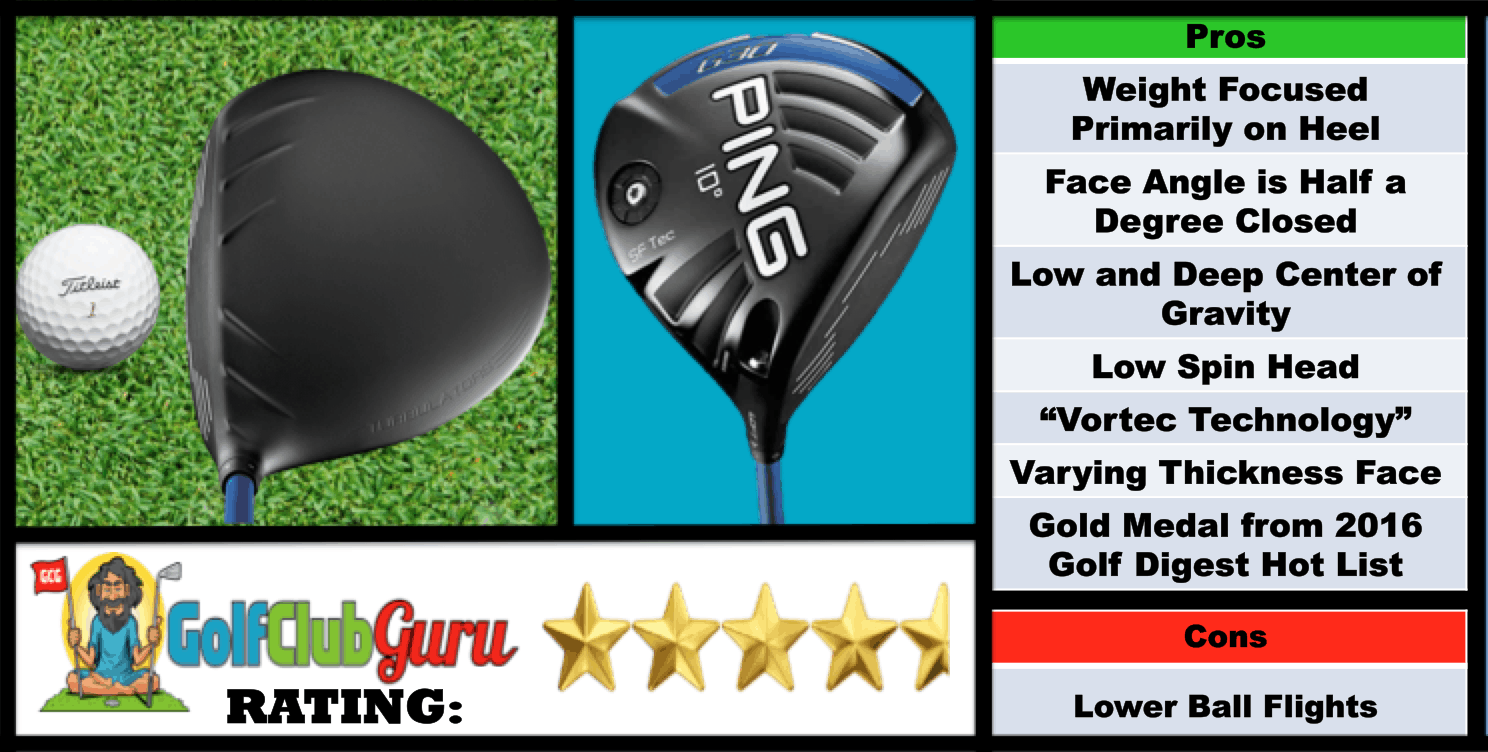

Hey!
That was a very good article. I just started my own online business and I use your formula/process. And you won’t believe I am getting revenue from them.
This is really PERFECT!
Congratulations on the post, I loved it 😉